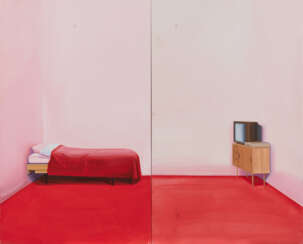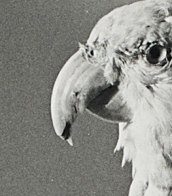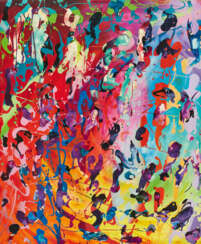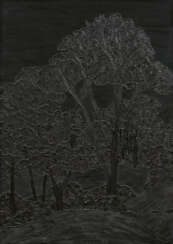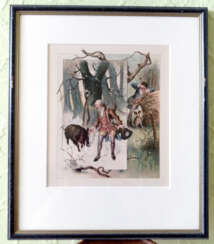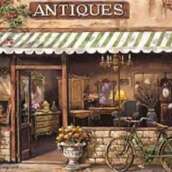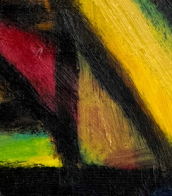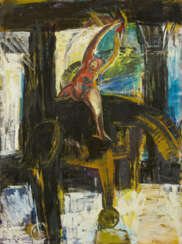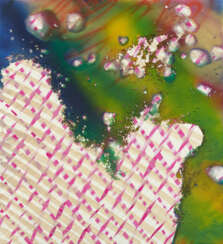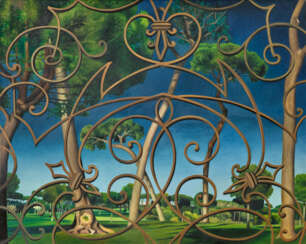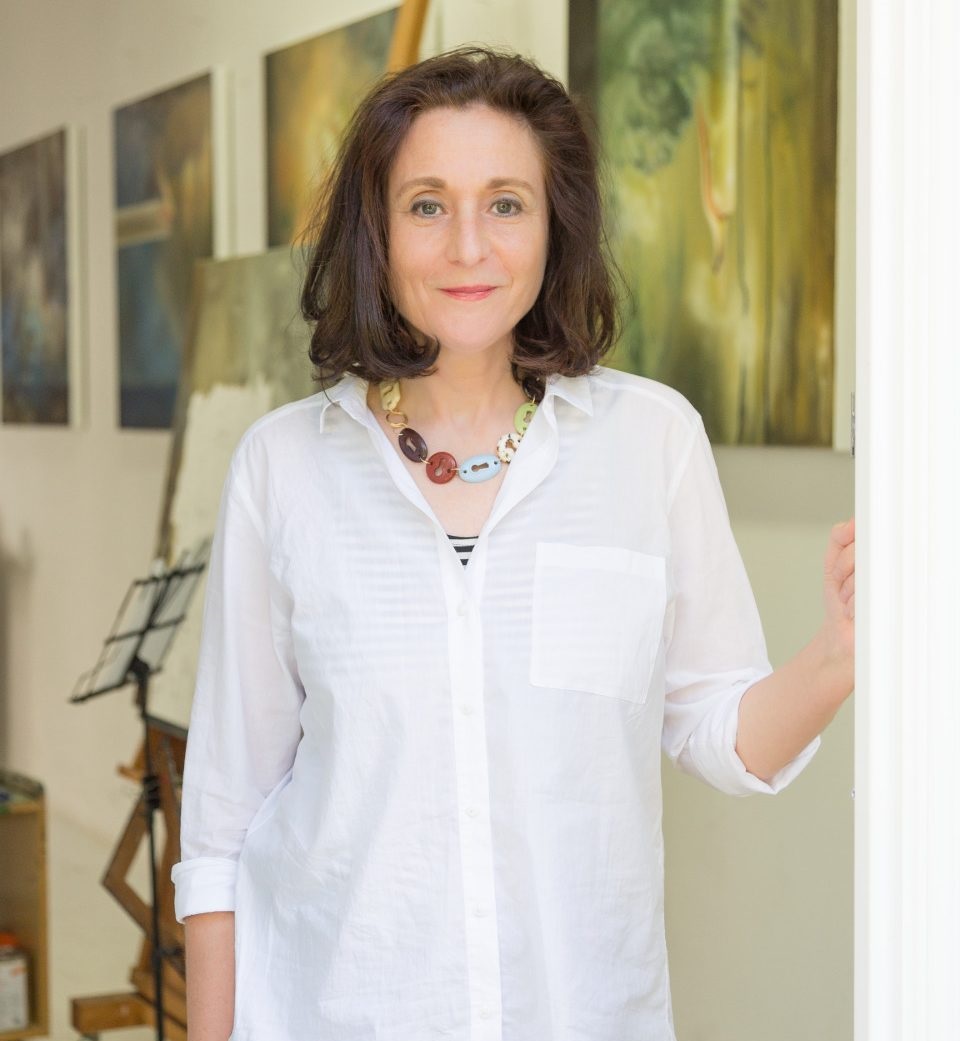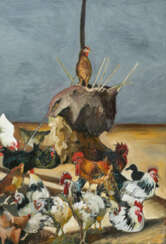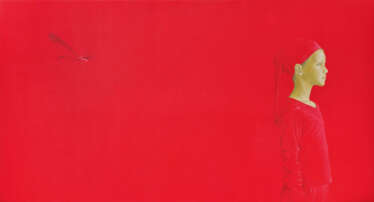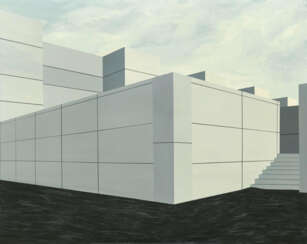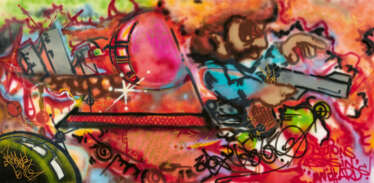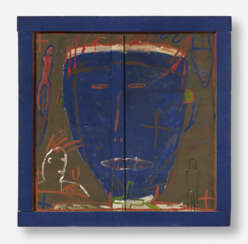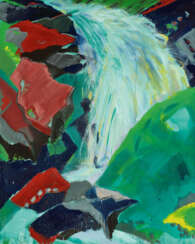moderne und zeitgenössische kunst
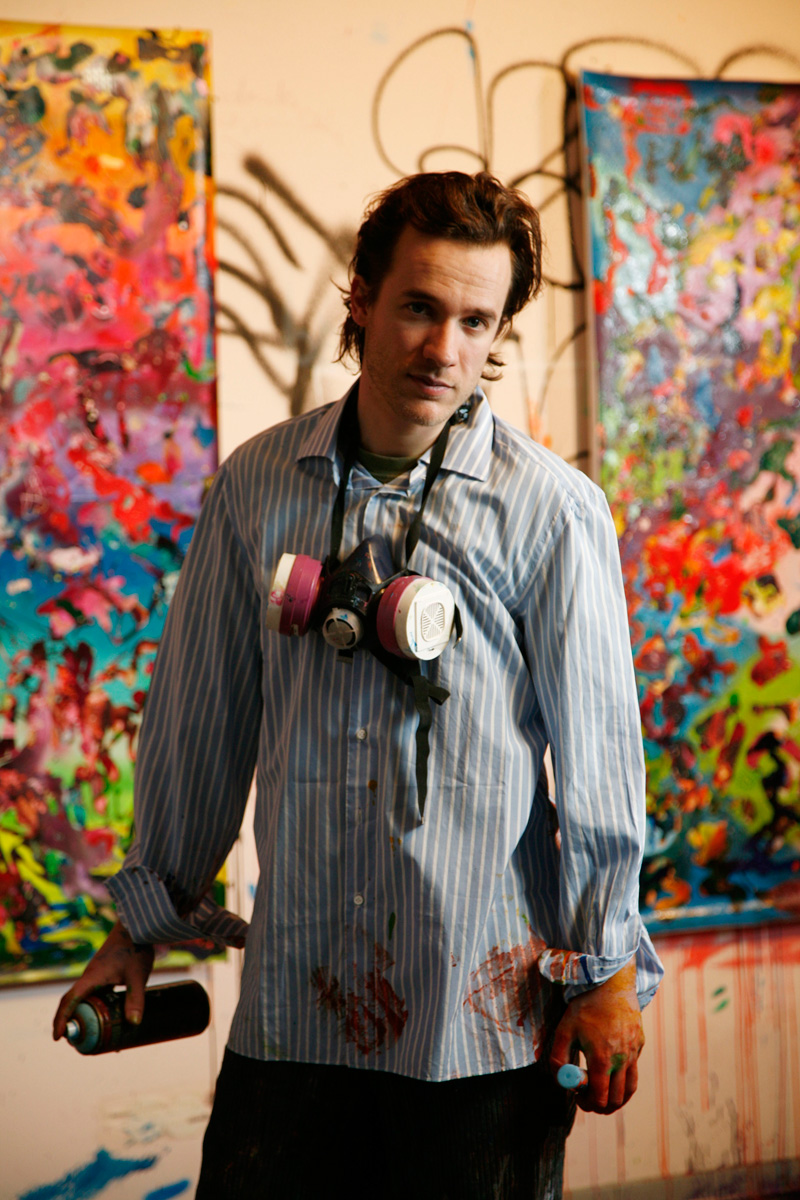
Christian Awe is a German urban artist known for his large-scale murals.
He was educated at the University of Art in Berlin, where he lives and works.
Christian Awe describes his work as urban expressionist painting, his abstract works are saturated with vivid colors. Awe uses spray paint and acrylics, ink and watercolor, marker and oil pastel. His technique is characterized by scraping off the top layers of applied paint in order to expose those already hidden.

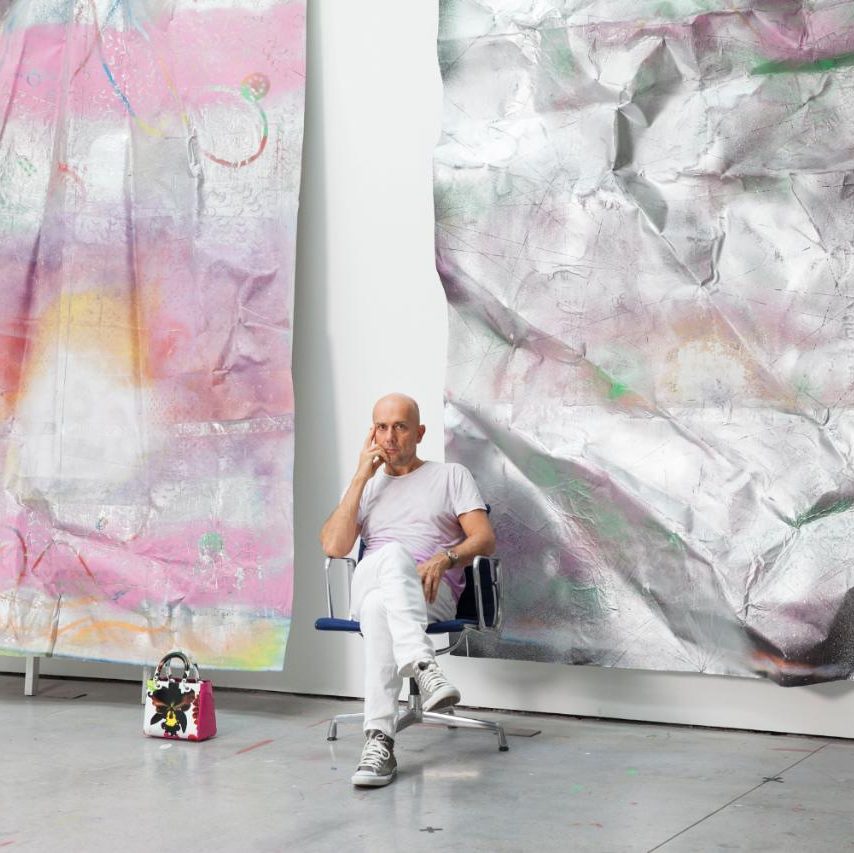
Marc Quinn is a contemporary English painter and sculptor, a member of the Young British Artists, a group that has dominated the art scene since the 1990s. He is known for his experimental approach to creativity and for incorporating shocking elements into his work.
Quinn declares to explore extreme aspects of the human body in his art. He experiments with a variety of materials including organic matter such as blood, bread and flowers, as well as marble, concrete and stainless steel. His portfolio includes sculptures, portraits, installations, graffiti and paintings

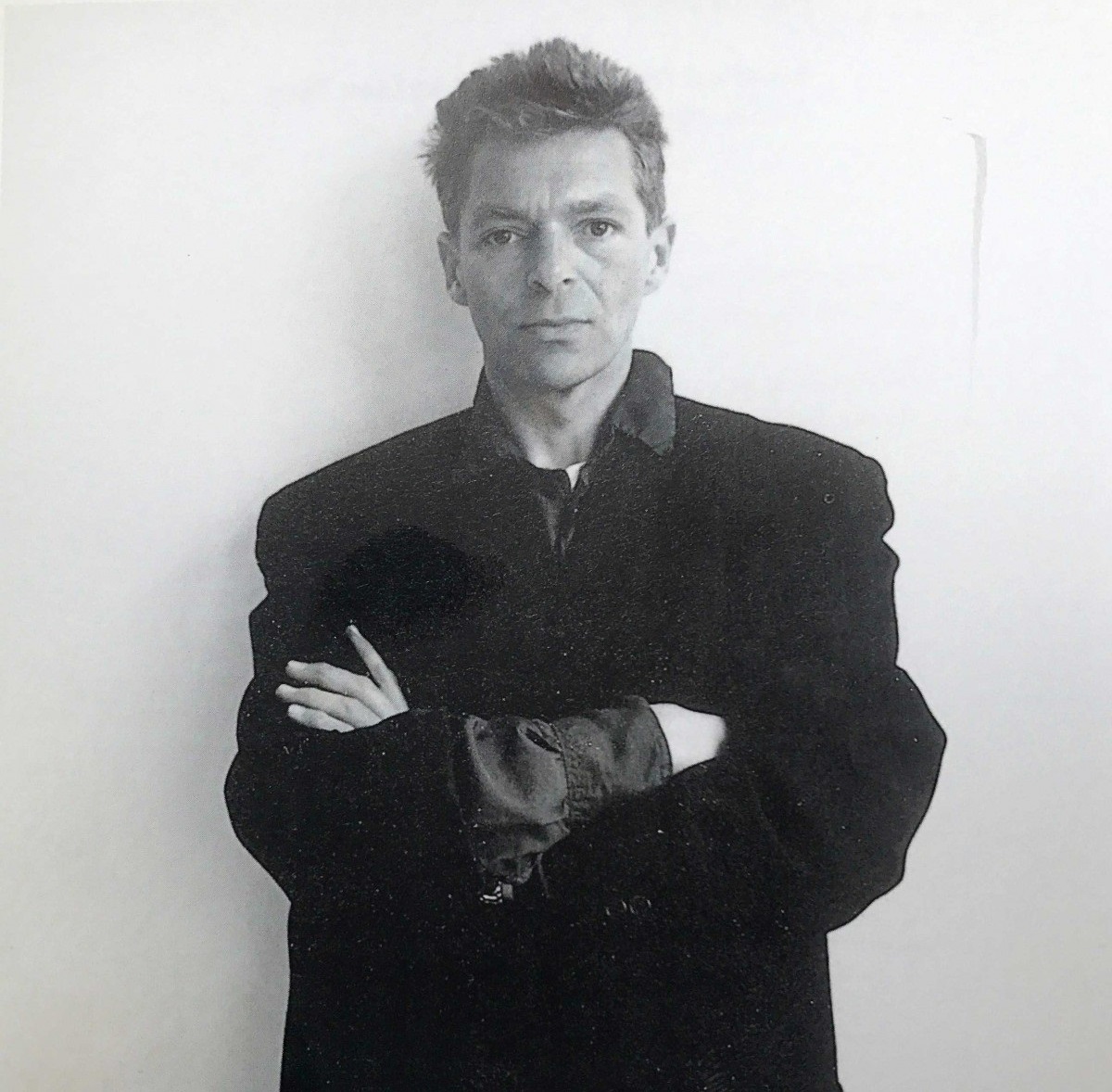
Martin Disler was a Swiss painter, draughtsman and writer. He is associated with the Neue Wilde painting style.

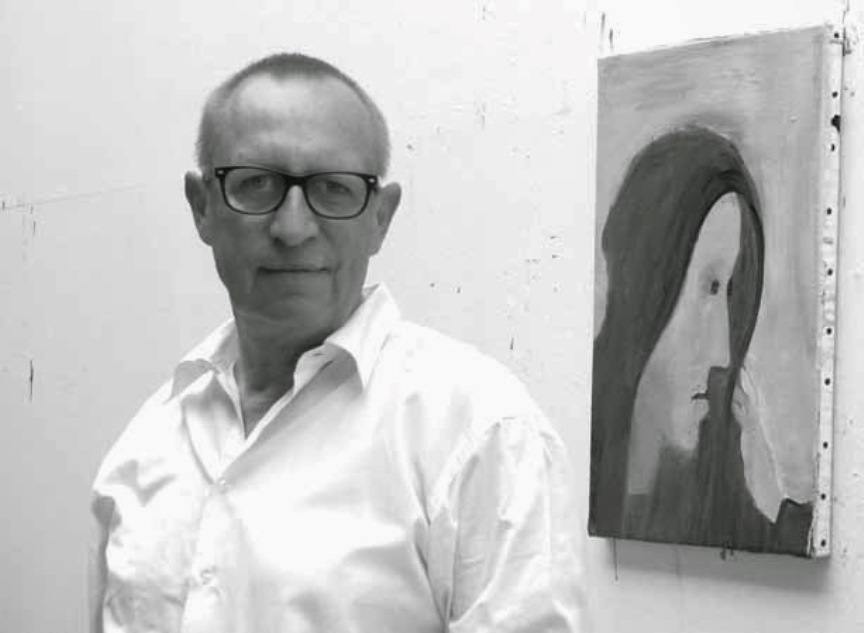
Norbert Schwontkowski is a German painter. He studied freehand painting at the University of Design in Bremen and at the University of Fine Arts in Hamburg.
Norbert Schwontkowski's work lies between abstraction, realistic representation and caricature. He mixes the unconscious and surreal with the real, the figures and subjects in the artist's paintings resemble complex dreams.
Schwontkowski created his paints from hand-crushed pigments mixed with various materials to produce a multitude of textures.


Norbert Schwontkowski is a German painter. He studied freehand painting at the University of Design in Bremen and at the University of Fine Arts in Hamburg.
Norbert Schwontkowski's work lies between abstraction, realistic representation and caricature. He mixes the unconscious and surreal with the real, the figures and subjects in the artist's paintings resemble complex dreams.
Schwontkowski created his paints from hand-crushed pigments mixed with various materials to produce a multitude of textures.

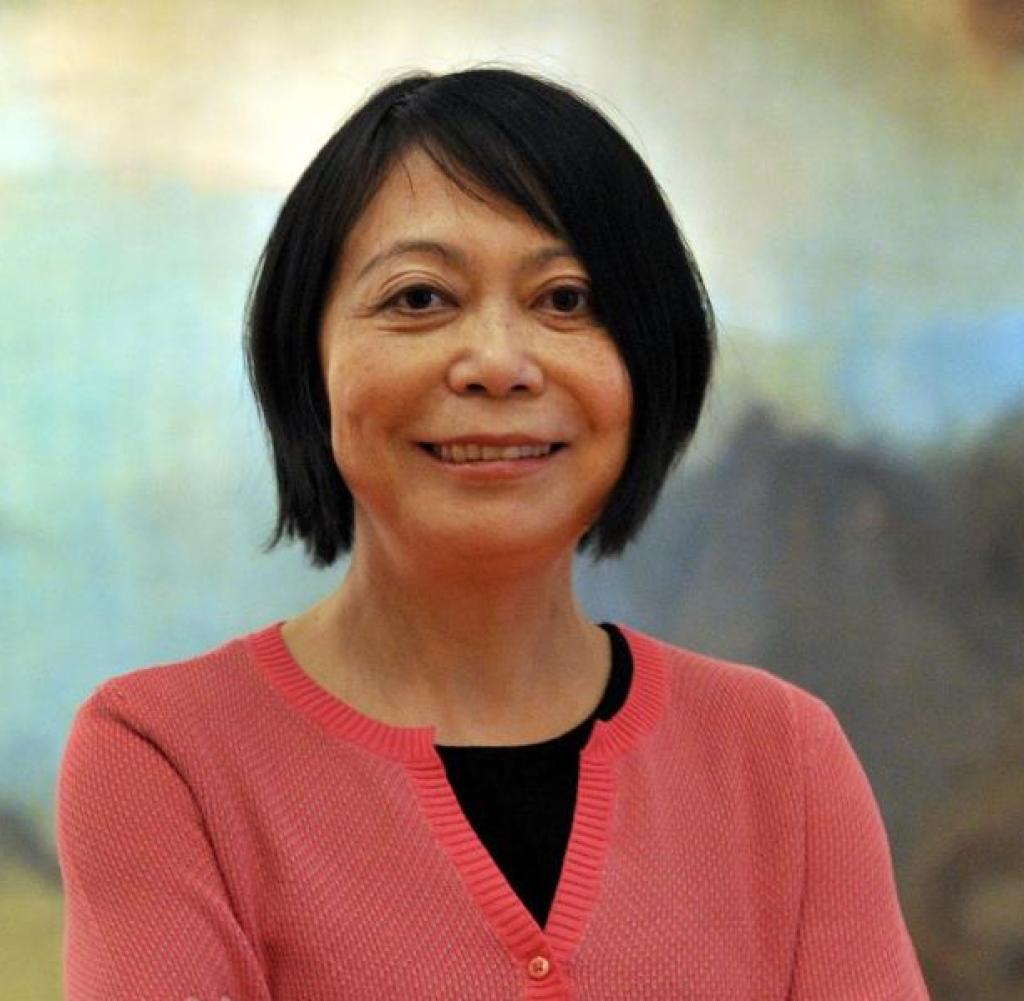
She studied art in Japan, Spain and Germany.
Leiko Ikemura's work encompasses painting, sculpture, video and photography. She works in a variety of techniques, including oil painting, ceramic and bronze sculpture, printmaking and watercolor. She currently works in Cologne and Berlin and teaches painting at the Hochschule für Kunst in Berlin.

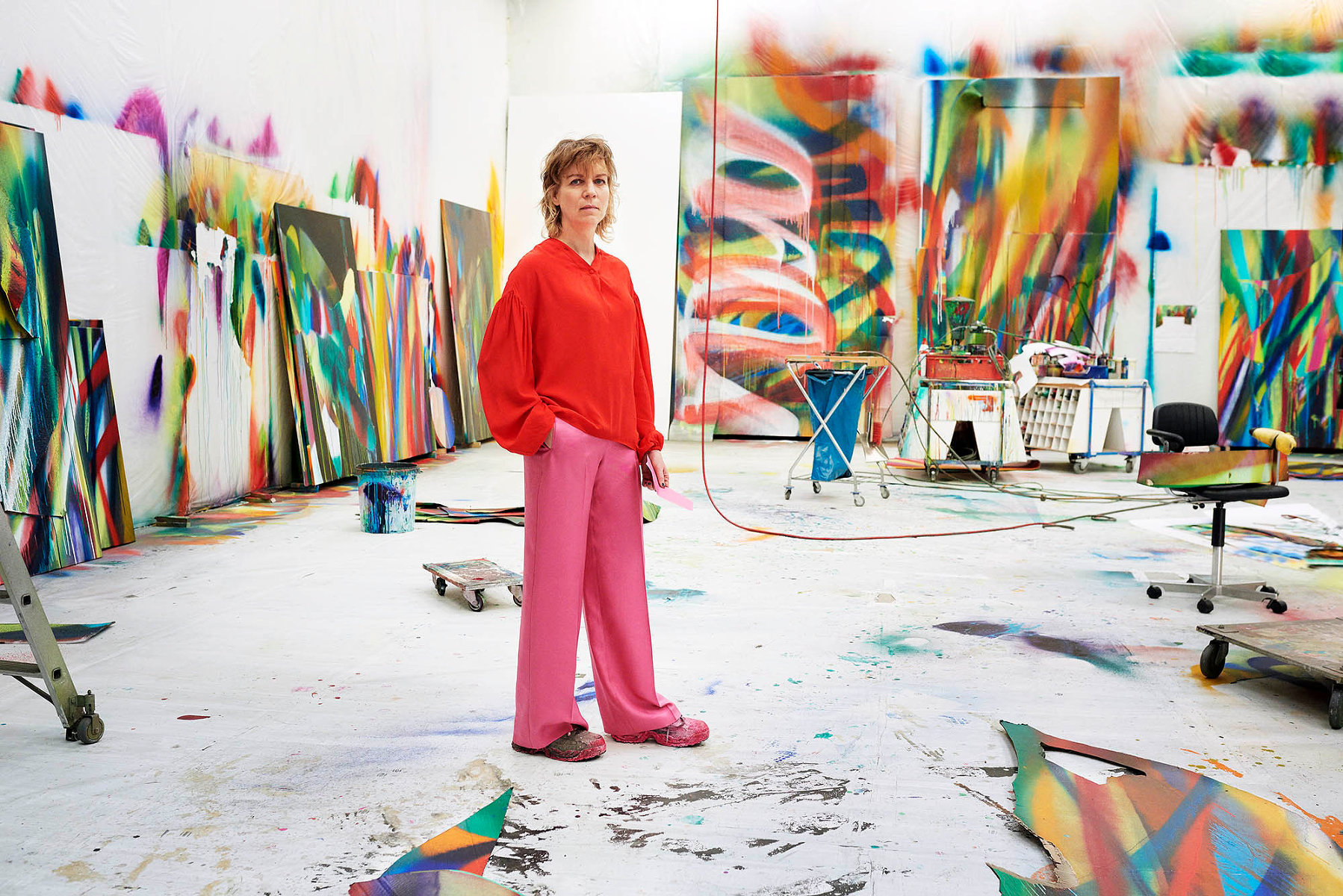
Katharina Grosse is a German artist. As an artist, Grosse's work employs a use of architecture, sculpture and painting. She is known for her large-scale, site-related installations to create immersive visual experiences. She has been using an industrial paint-sprayer to apply prismatic swaths of color to a variety of surfaces since the late 1990s, and often uses bright, unmixed sprayed-on acrylic paints to create both large-scale sculptural elements and smaller wall works.

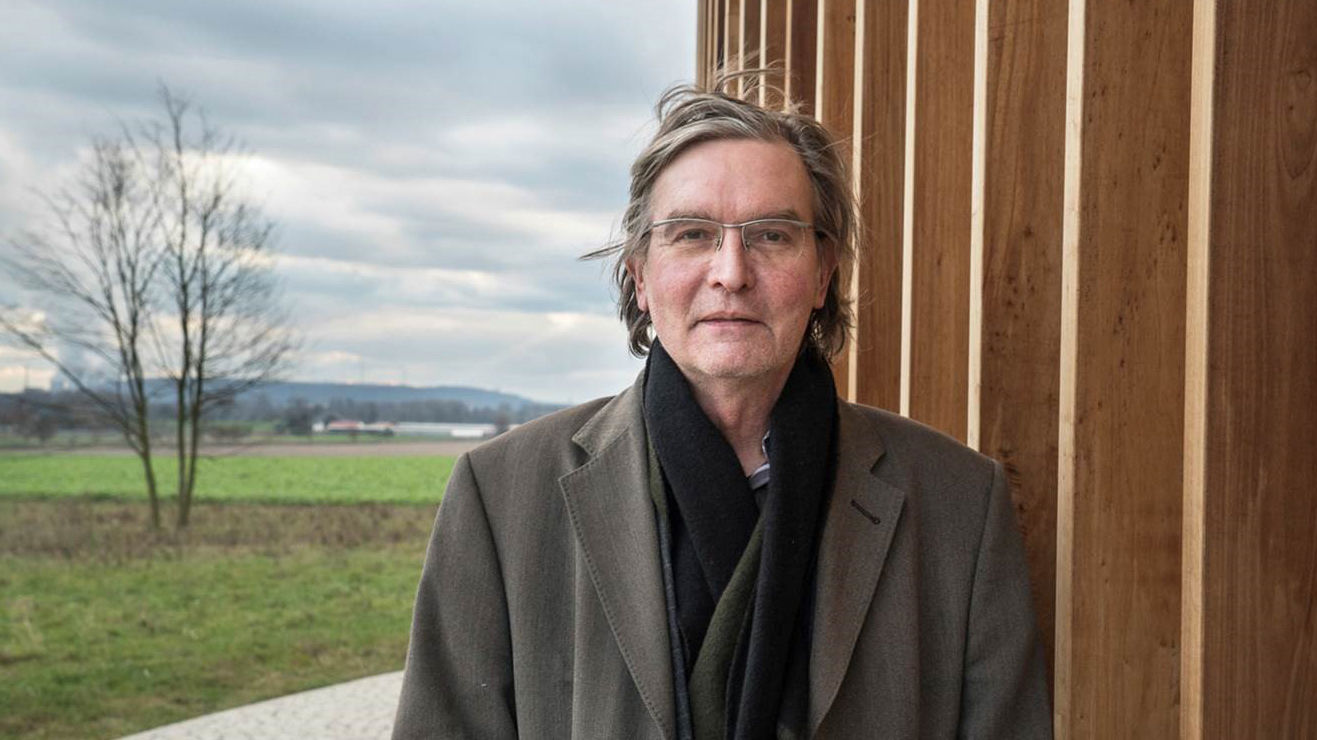
Thomas Schütte is a German contemporary artist. He sculpts, creates architectural designs, and draws. He lives and works in Düsseldorf.


Katharina Grosse is a German artist. As an artist, Grosse's work employs a use of architecture, sculpture and painting. She is known for her large-scale, site-related installations to create immersive visual experiences. She has been using an industrial paint-sprayer to apply prismatic swaths of color to a variety of surfaces since the late 1990s, and often uses bright, unmixed sprayed-on acrylic paints to create both large-scale sculptural elements and smaller wall works.


Katharina Grosse is a German artist. As an artist, Grosse's work employs a use of architecture, sculpture and painting. She is known for her large-scale, site-related installations to create immersive visual experiences. She has been using an industrial paint-sprayer to apply prismatic swaths of color to a variety of surfaces since the late 1990s, and often uses bright, unmixed sprayed-on acrylic paints to create both large-scale sculptural elements and smaller wall works.


Christoph Bouet is a contemporary German landscape painter recognized for his unique approach to landscape painting. His work is characterized by thick, tactile layers of paint, applied with a palette knife directly from the tube onto the canvas laid on the ground. This technique results in landscapes that transform into stirring images, with their full motifs becoming apparent only from a distance. Bouet's floral compositions burst with color, capturing light, mood, and sound with an impressionistic flair. He describes his relationship with painting as a lifelong commitment, having been drawn to the art form from an early age.
Bouet's paintings are part of prestigious collections, including the Würth Collection and the Hasso Plattner Collection, indicating his recognition and success in the contemporary art world. His plein-air landscapes capture the raw essence of his subjects, turning seemingly tranquil scenes into captivating visual experiences.
For those interested in the dynamic world of contemporary landscape painting, Christoph Bouet represents a fascinating blend of traditional impressionist influences and modern artistic experimentation. His work invites viewers to explore landscapes through a vivid, almost tactile lens, making his paintings a valuable addition to the collections of art enthusiasts and experts alike.
To stay updated on Christoph Bouet's latest works and exhibitions, art collectors and enthusiasts are encouraged to follow updates from galleries and art news platforms. This ensures access to the most recent information on sales, exhibitions, and new pieces by Bouet.


Norbert Schwontkowski is a German painter. He studied freehand painting at the University of Design in Bremen and at the University of Fine Arts in Hamburg.
Norbert Schwontkowski's work lies between abstraction, realistic representation and caricature. He mixes the unconscious and surreal with the real, the figures and subjects in the artist's paintings resemble complex dreams.
Schwontkowski created his paints from hand-crushed pigments mixed with various materials to produce a multitude of textures.

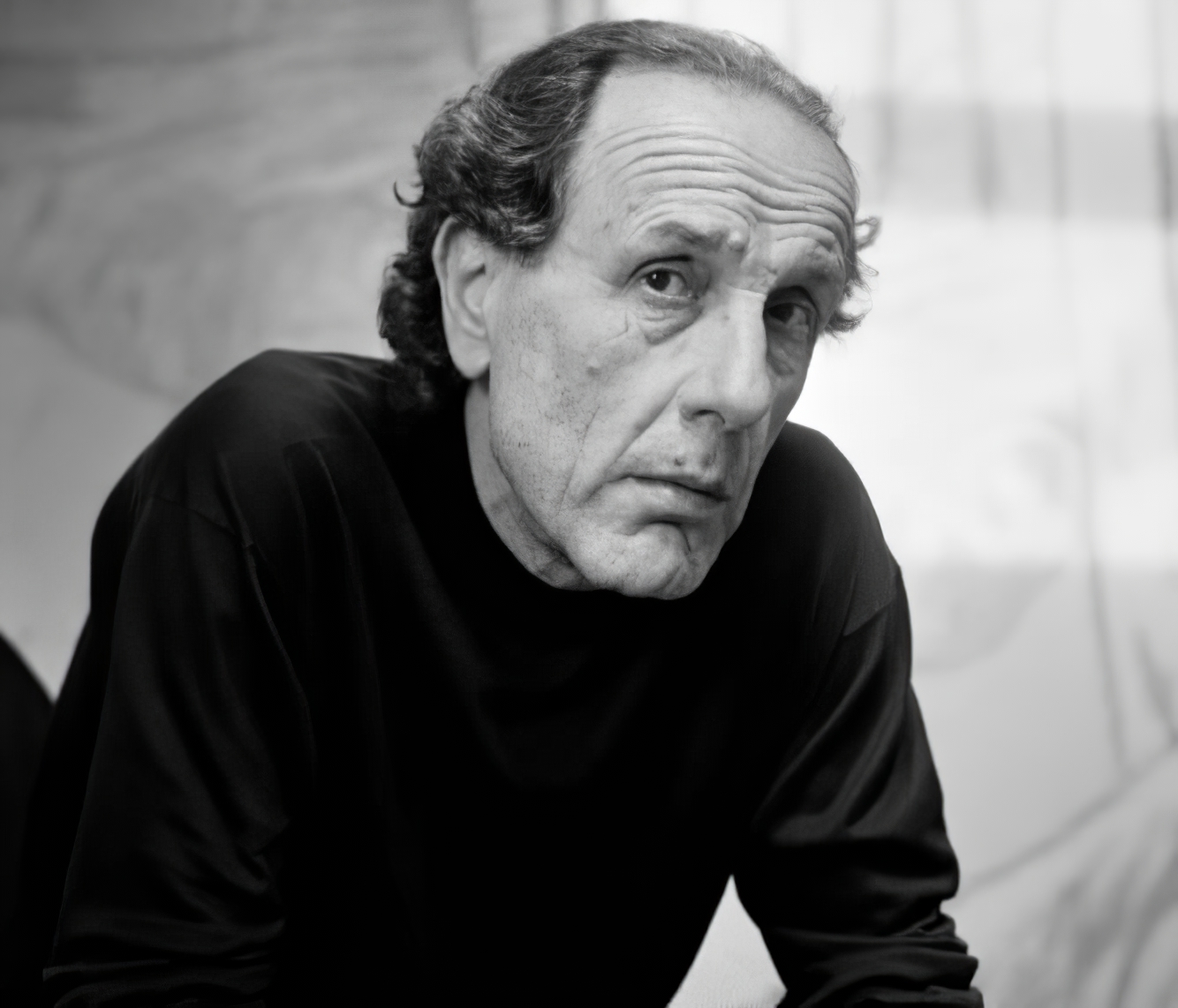
Enzo Cucchi is an Italian painter. He was a key member of the Italian Transavanguardia movement, along with his countrymen Francesco Clemente, Mimmo Paladino, Nicola De Maria, and Sandro Chia. The movement was at its peak during the 1980s and was part of the worldwide movement of Neo-Expressionist painters.


Martin Disler was a Swiss painter, draughtsman and writer. He is associated with the Neue Wilde painting style.

